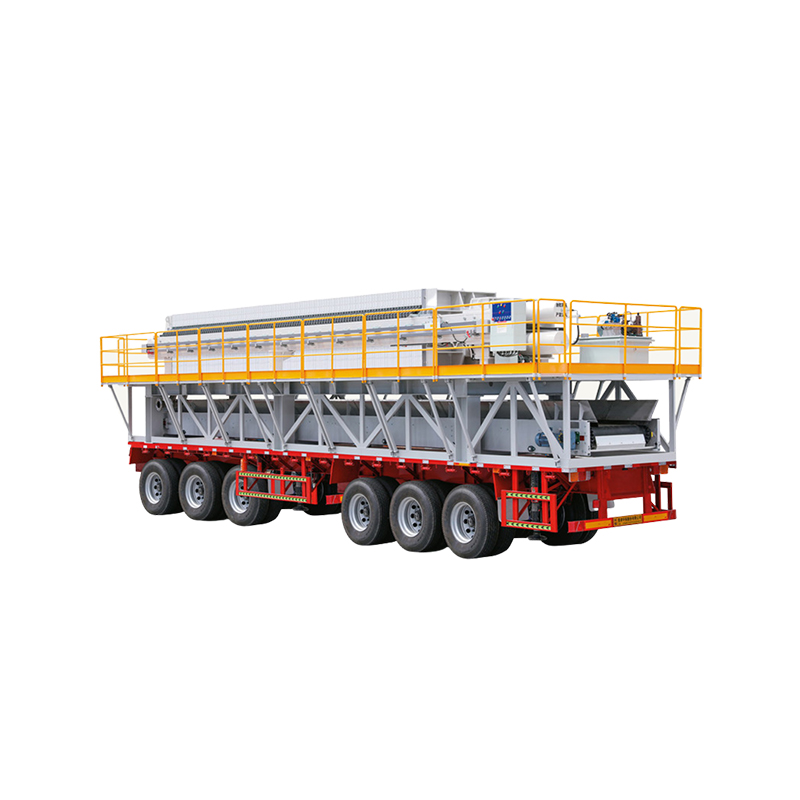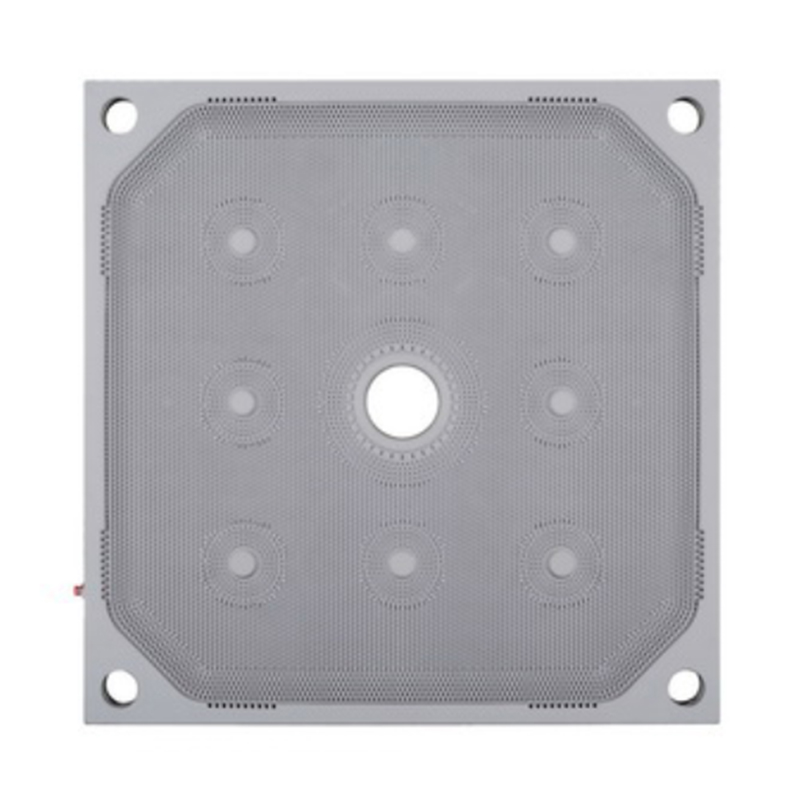How does the composite rubber plate chamber filter press handle varying levels of solid content in the slurry?
 2024.08.16
2024.08.16
 Industry News
Industry News
Adjustable Filtration Pressure: The filtration pressure in a Composite Rubber Plate Chamber Filter Press is controlled through a hydraulic system that can be precisely adjusted according to the specific requirements of the slurry being processed. For slurries with high solid content, higher hydraulic pressure is applied to ensure that the slurry is thoroughly dewatered and that a dense, uniform filter cake is formed. This adaptability is crucial for handling different slurry compositions, as lower solid content slurries may require less pressure to achieve optimal filtration. The ability to fine-tune the pressure ensures consistent performance, reduces the risk of plate damage, and optimizes the overall efficiency of the filtration process.
Variable Cycle Times: The filtration cycle time in the press is another critical factor that can be adjusted based on the solid content of the slurry. Slurries with a higher percentage of solids typically require longer cycle times to allow sufficient time for the liquid to pass through the filter medium, ensuring complete dewatering and proper cake formation. Conversely, for slurries with lower solid content, the cycle time can be shortened, enhancing throughput without compromising the quality of filtration. The flexibility in adjusting cycle times allows the filter press to maintain high efficiency across a wide range of applications, minimizing processing times and energy consumption.
Customizable Plate Configurations: The Composite Rubber Plate Chamber Filter Press is designed with customizable plate configurations to accommodate varying slurry compositions. Plates can be selected with different chamber volumes depending on the expected solid content of the slurry. For example, larger chamber volumes can be used for slurries with higher solid content, providing adequate space for the filter cake to form without hindering the filtration process. The use of composite rubber plates offers the advantage of better durability and flexibility, which helps maintain consistent pressure distribution and effective sealing, even when handling slurries with challenging properties.
Automatic Filtration Control Systems: Modern Composite Rubber Plate Chamber Filter Presses are often equipped with advanced automatic control systems that continuously monitor and adjust the filtration parameters in real-time. These systems are capable of detecting changes in slurry characteristics, such as fluctuations in solid content, and can automatically modify the filtration pressure, cycle time, and other operational settings to maintain optimal performance. This level of automation not only enhances the efficiency of the filtration process but also reduces the need for manual intervention, minimizing the risk of human error and ensuring consistent output quality.
Cake Discharge Mechanism: The design of the composite rubber plates in the filter press facilitates efficient and consistent discharge of the filter cake, which is crucial when dealing with slurries of varying solid content. The inherent flexibility and durability of the composite rubber material allow the plates to handle the mechanical stresses associated with cake formation and discharge. This ensures that the cake is released cleanly and completely, without causing clogging or damage to the plates. The effective cake discharge mechanism is especially important in applications where the solid content of the slurry can vary significantly, as it prevents downtime and maintains the throughput of the filtration process.
Consistent Plate Flexibility: The composite rubber material used in the filter plates offers a unique combination of flexibility and resilience, which is essential for maintaining consistent filtration performance. This flexibility allows the plates to adapt to varying levels of solid content in the slurry, ensuring that the seal between the plates remains intact throughout the filtration cycle. This adaptability is critical for preventing leaks and maintaining uniform pressure distribution across the filter plates, which in turn enhances the overall efficiency and effectiveness of the filtration process.

 English
English Español
Español हिंदी
हिंदी Tiếng Việt
Tiếng Việt









